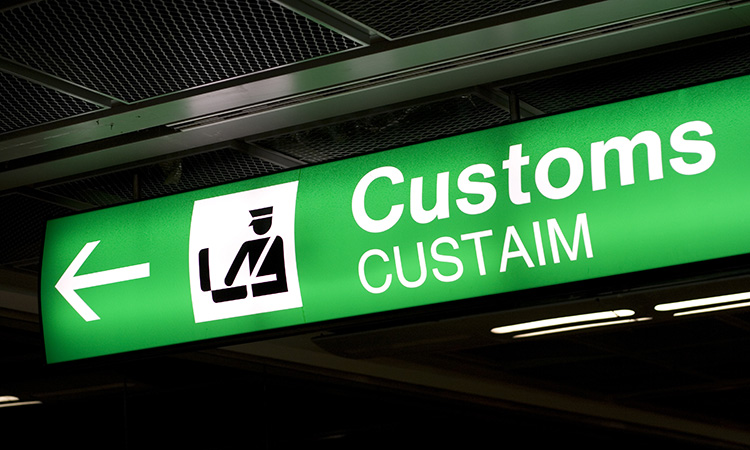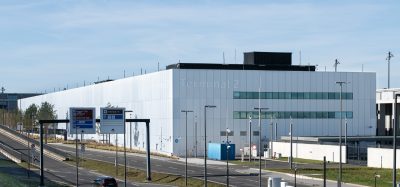U.S. Customs and Border Protection opens up pre-clearance programme to new airports
- Like
- Digg
- Del
- Tumblr
- VKontakte
- Buffer
- Love This
- Odnoklassniki
- Meneame
- Blogger
- Amazon
- Yahoo Mail
- Gmail
- AOL
- Newsvine
- HackerNews
- Evernote
- MySpace
- Mail.ru
- Viadeo
- Line
- Comments
- Yummly
- SMS
- Viber
- Telegram
- Subscribe
- Skype
- Facebook Messenger
- Kakao
- LiveJournal
- Yammer
- Edgar
- Fintel
- Mix
- Instapaper
- Copy Link
Posted: 2 October 2020 | International Airport Review | No comments yet
The U.S. Customs and Border Protection pre-clearance programme offers airports a competitive advantage and opportunities for increased traveller volumes.


U.S. Customs and Border Protection (CBP) has announced that it will invite new airports to participate in its pre-clearance programme for the first time since 2016. Beginning 29 September 2020, interested foreign airports may apply for pre-clearance by submitting an application through the CBP website.
Executive Assistant Commissioner of the U.S. Customs and Border Protection Office of Field Operations, William Ferrara, said: “Pre-clearance strengthens our partnerships abroad and provides benefits to passengers, airports, governments and airlines. Those looking to apply will find that the process is more transparent than ever before. Over the past 70 years, pre-clearance has achieved great success, and we’re excited to offer this unique opportunity to our partners abroad.”
Pre-clearance is a partnership through which governments authorise CBP to station personnel at airports to complete customs, immigration and agriculture inspections of travellers before they board flights bound for the U.S. Pre-cleared travellers bypass CBP and Transportation Security Administration (TSA) security inspections upon arrival in the U.S., saving valuable time as they proceed to connecting flights or their destination.
Melanie Harvey, the Transportation Security Administration’s Deputy Executive Assistant Administrator for Security Operations, said: “Pre-clearance is an excellent passenger facilitation programme that complements our rigorous U.S. standards and strengthens global security through the development of key international partnerships. This programme is a win-win, allowing travellers to experience a streamlined approach that saves them time and frustration while reducing the burden on our domestic system.”
Pre-clearance airports gain an advantage over competitors by making U.S.-bound travel more convenient and enabling direct routes to more than 160 U.S. airports with limited or no CBP facilities. For example, pre-clearance helped drive a 75 per cent increase in Dublin Airport’s U.S.-bound travel volume from 2014 to 2018.
U.S. Customs and Border Protection Director of Preclearance Field Operations, Clint Lamm, said: “Pre-clearance offers airports opportunities for increased traveller volume, increased revenue and new flight routes. Pre-clearance leverages innovative technology to expedite passenger processing while enhancing security.”
To be eligible for pre-clearance, airports must host U.S. air carrier operations, have a suitable facility for pre-clearance processing and be prepared to share costs with the U.S. government. Pre-clearance requires bilateral agreements between the United States and the host country, so it is essential for interested airports to coordinate closely with their governments throughout the application process.
To establish pre-clearance, host governments and airport operators must also implement security standards and protocols that are determined by the TSA to be comparable to those of the United States and, therefore, sufficiently effective to enable passengers to deplane into sterile areas of airports in the United States.
Related topics
Border control, Passenger experience and seamless travel, Security, Terminal operations
Related organisations
Transportation Security Administration (TSA), U.S. Customs and Border Protection (CBP)

















